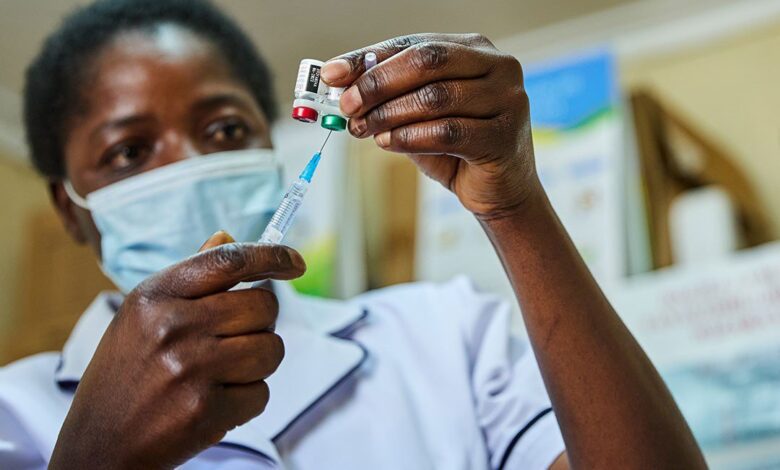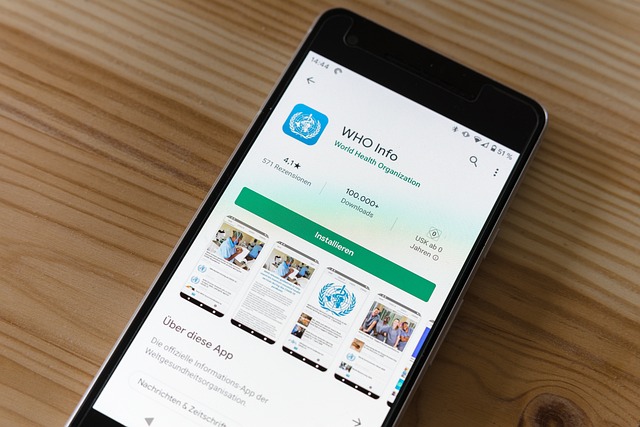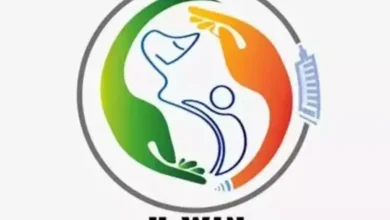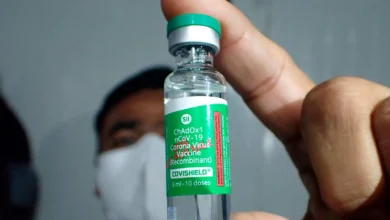WHO approves second malaria vaccine for children
The two vaccinations have comparable efficacy profiles, other considerations, such as cost and administration technique, may influence which a country prefers.

The World Health Organisation (WHO) has proposed the deployment of a low-cost, mass-producible malaria vaccine.
The R21/Matrix-M vaccine, invented at the University of Oxford, will be produced at the Serum Institute of India, the biggest vaccine producer in the world.
Already, contracts have been made to produce more than 100 million doses annually. The creation of malaria vaccinations has required more than a century of scientific research.
A complex parasite that spreads through the bite of blood-sucking mosquitoes is the source of the sickness. It is much more complex than a virus since it constantly changes its structure inside the human body to evade our immune system.
This makes it challenging to naturally acquire immunity to malaria through infection and challenging to create a vaccine against it.
RTS,S Vaccine Vs. R21/Matrix-M Vaccine
It has been nearly two years to the day that the WHO approved the first vaccine, known as RTS,S and created by GSK.
The WHO’s 2021 vaccination recommendation is known as RTS,S; GSK markets it under the trade name Mosquirix. According to a business spokeswoman, the company has committed to providing 12 African nations with 18 million doses of the vaccine between 2023 and 2025, and between 2026 and 2029, it plans to give 15 million doses annually.
The Malaria Policy Advisory Group (MPAG) and the Strategic Advisory Group of Experts on Immunisation (SAGE) of the WHO found no significant variations in the effectiveness of the two vaccines. According to WHO’s chief technical officer, Mary Hamel, both multi-dose vaccines were found to have an efficacy of roughly 75% when given in a comparable manner and initially just before the high-transmission phase of the disease.
According to the procurement agreement with UNICEF, GSK’s vaccine is sold at cost, with a cap of €6.90 per dosage (about $7.25), even if the cost of production were to rise. Additionally, the business pledged to reduce the price if its production expenses dropped. (GSK stated that it anticipates a reduction in production costs, in part as a result of plans to transfer production to India’s Bharat Biotech in 2029.)
R21/Matrix-M doses, however, cost between $2 and $4. SAGE suggested four doses for kids five months and older, with a fifth dosage for kids who live in high-risk locations. The total cost is almost half that of the GSK vaccination.

Since GAVI, the Vaccine Alliance, will be providing the vaccine at a reduced cost to the majority of nations, “the differentiation in price is most significant for those countries which are soonest to leave GAVI’s support,” according to O’Brien.
O’Brien also noted that while there is a substantial body of safety data on the GSK vaccine, it will take time for further safety monitoring to gather equivalent data for R21/Matrix-M.
In general, whether a nation provides one vaccine or the other, may depend on availability.
The Serum Institute of India
The Serum Institute of India, on the other hand, is already able to deliver a supply of a far greater size: It already has plans in place to make 100 million doses of Mosquirix annually and wants to ramp up to 200 million, supplying the demand with a much-needed supply.
The Mosquirix vaccination protocol calls for three doses to be given at monthly intervals for the primary series, and then a booster shot to be given 18 months following the initial series. Children between the ages of six and 17 months are advised to get the first dosage.
Although the two vaccinations have comparable efficacy profiles, other considerations, such as cost and administration technique, may influence which a country prefers.
“As a malaria researcher, I used to dream of the day we would have a safe and effective vaccine against malaria. Now we have two,” at the news briefing, WHO Director-General Tedros Adhanom Ghebreyesus stated.
The new vaccination should aid in addressing supply issues, according to WHO authorities.
The WHO estimates that there won’t be any shortages of the vaccine by the third quarter of 2024, and 18 nations have already registered to get it through GAVI. Nevertheless, it is anticipated that more nations will request to obtain the vaccine now that there will be more available.
Director of the Global Malaria Programme Daniel Madandi predicted that, “Definitely the demand will be high.” One of the worst evils on humanity, malaria kills primarily children and infants.
An estimated 25 million children in regions with moderate to high transmission risk make up the projected 247 million cases of malaria each year. According to the WHO, the disease claimed 619,000 lives in 2021, mostly in sub-Saharan Africa and among youngsters, who account for 80% of the fatalities.
Please, also have a look into : Researchers trick mosquitoes into delivering malaria vaccines while biting


